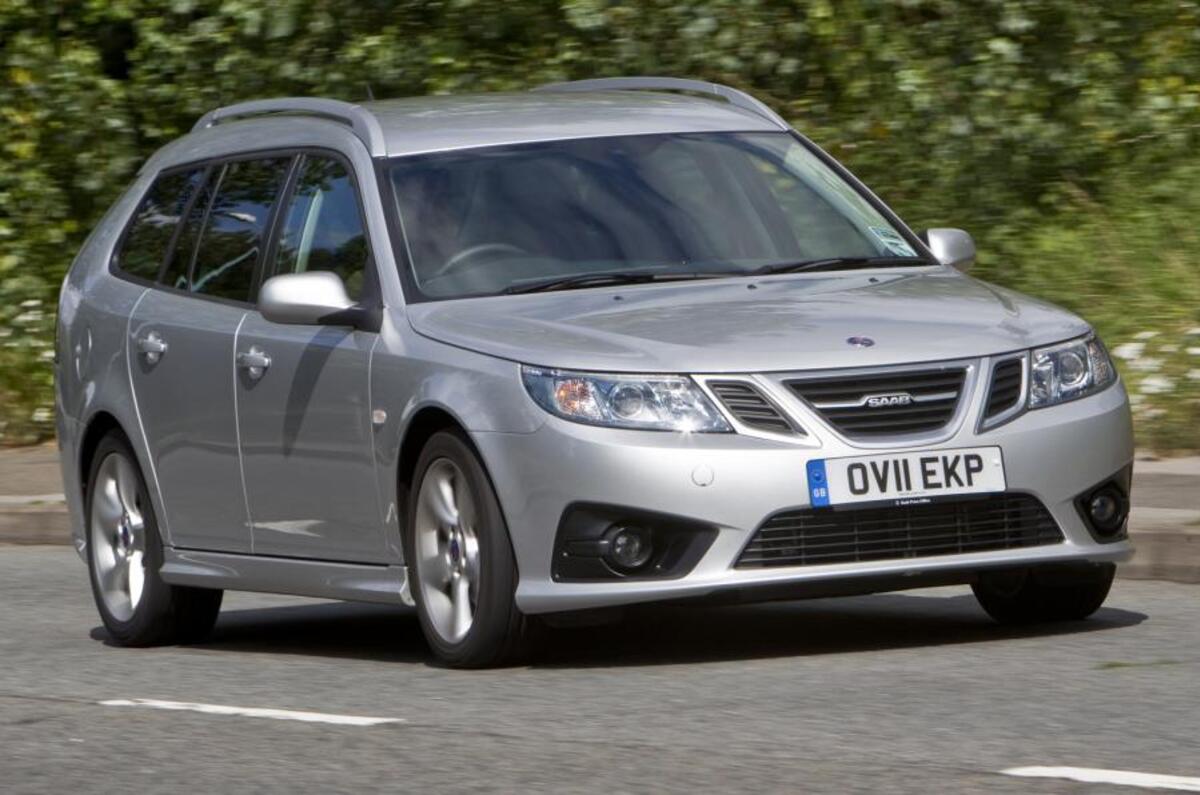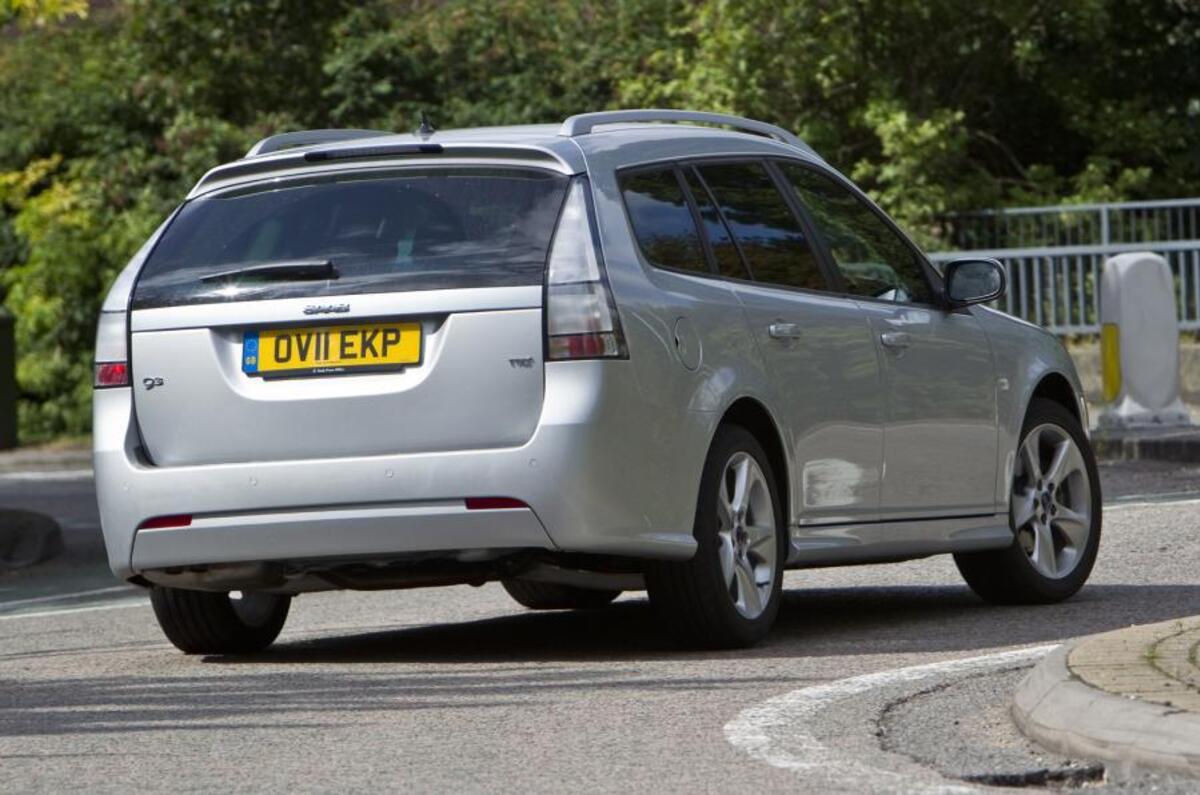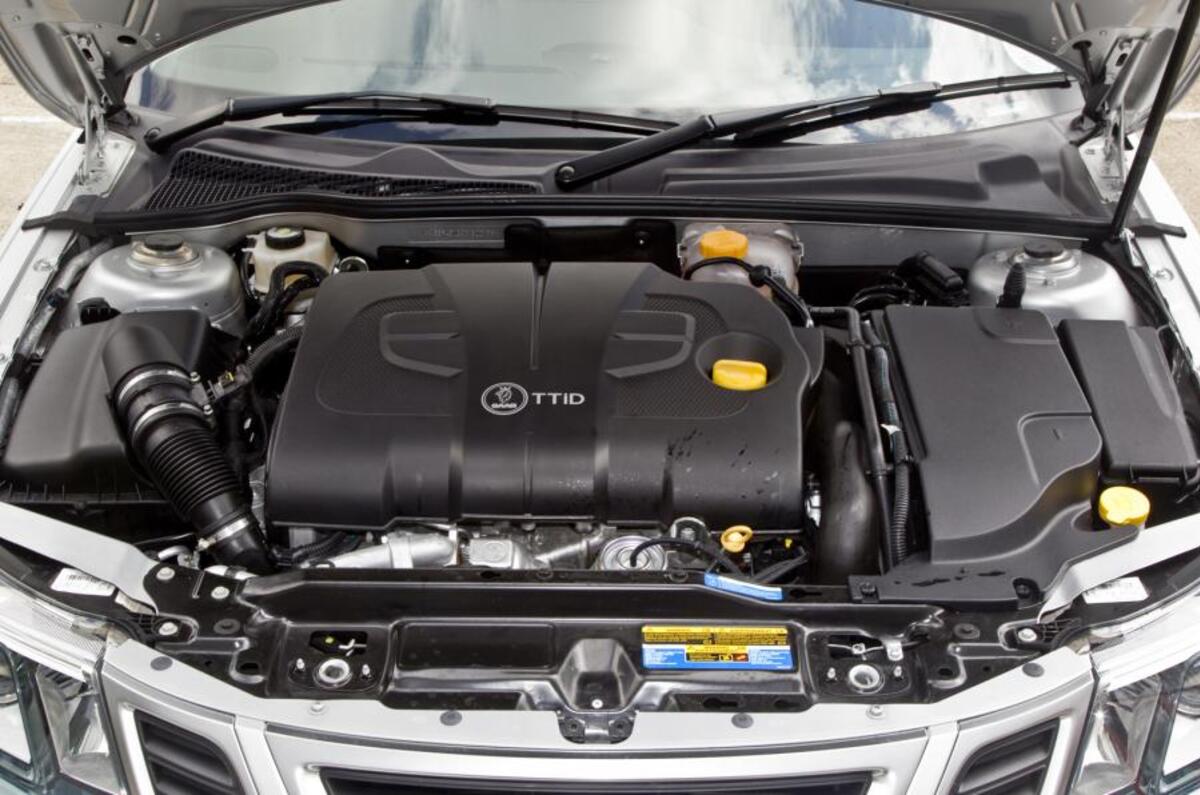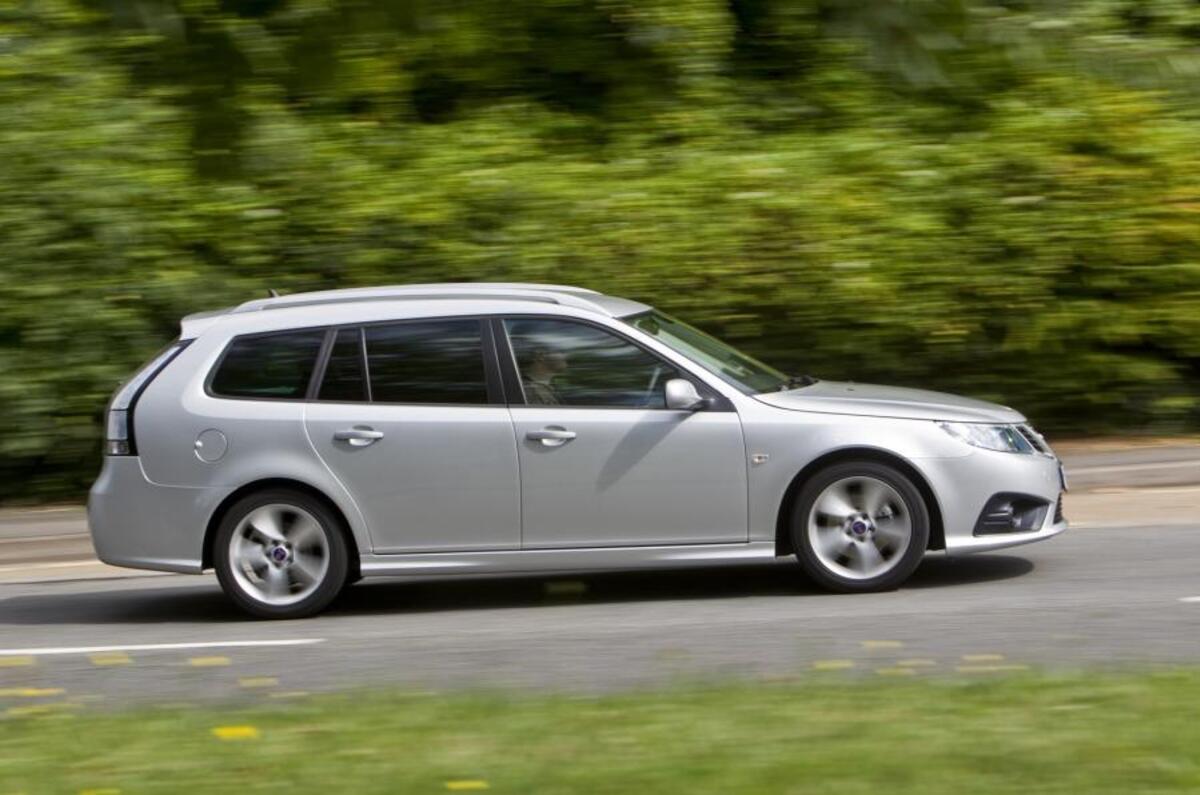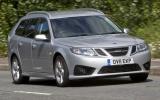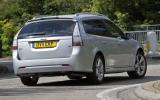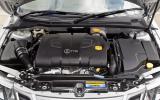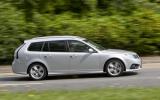Yes, yes, I know: a first drive of a car that has been around for longer than some of the showrooms from which it is sold. But despite being in its ninth year, the 9-3 has been given some minor, but worthwhile, tweaks.
From a shopper or fleet manager’s perspective, significant among the changes is that the range has been simplified. There’s no more Turbo Edition/Vector Sport/Linear SE and the like; now there’s just SE and Aero, which is far more straightforward.
On SE models, such as our test car, come a new design of alloy wheel and new ‘ice block’ headlight treatment, grille and bumpers. Plus it now says ‘Saab’ instead of having the Griffin badge at the back. Not a lot, then.
Inside, there are some changes to seats and trim, plus some additional equipment for the £24,120 you’ll pay for this model. Which, given that it delivers 158bhp and still, to my eyes, looks fairly classy, leaves the Saab appearing conspicuously good value next to, say, a similarly powered Audi A4 or BMW 3 Series.
The question is, of course, whether the 9-3 can still cut any mustard on the road. And let’s be honest, regardless of how many tweaks it gets on the way, nine years is a long time for a car to be on sale in this business. In the compact executive segment, in fact, it’s virtually unheard of.


